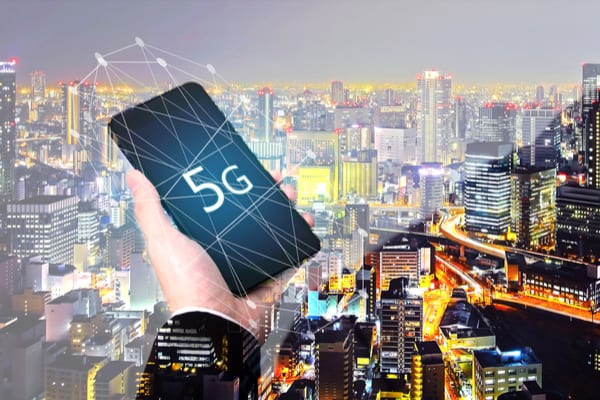5G is coming, and it has the potential to change the world of communications as we know it. 5G means “fifth-generation” wireless cellular technology, and is the latest trend in mobile phone networks. The experts say that compared to 4G, 5G uses smaller and more antennas, operates on higher radio spectrum frequencies (4G networks use frequencies below 6 GHz, 5G uses 30-300 GHz range), is capable of connecting many more devices to the internet, reduces latency, and delivers much faster speeds than 4G, 20 to 100 times faster, to be exact.
More good news: it should be accessible using a 5G enabled device anywhere where there is network coverage, so just like when 3G morphed to 4G, consumers should see a pretty seamless transition. But don’t get confused with home WiFi and enhanced 4G (or some questionable 5G offerings) as they run off different wireless parameters. 5G uses radio access networking the same way those wireless radios did back in the day, but at a much higher frequency. 5G will provide super-fast internet connections, an “always online” scenario, for homes and businesses, enabling ultra-high definition video, better video conferencing, virtual/augmented reality, improved gaming, and much more.
Over time, we’ll see 5G supersede 4G across many countries – but only for devices that support it. So when you start making your new smartphone purchases for 2019 and beyond, which network – 4G or 5G will have to be factored into which phone you eventually buy.
One thing that is certain about the future is change. And in the technology space, change can happen fast and have profound impacts on our society. The arrival now of 5G will act as a huge catalyst for change as it will make the internet run so much better than before. A household can have 20 or 30 connected internet devices all running at once with no problems, and high speed internet will gradually become ubiquitous.
—
Photo Credit: Shaynepplstockphoto / Shutterstock.com
